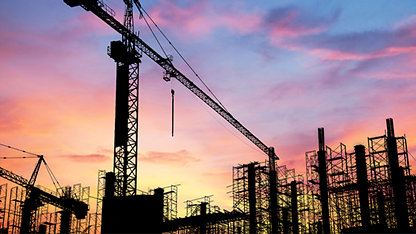In terms of data sharing and control, the internet of things changes the game in important ways.
Transformations in tech and data influence our lives, relationships and decision-making. We benefit from instant information and expect constant innovation: personal devices offer something new and delightful every time you pick one up.
For facilities managers, this is not usually our experience when we go to work. The tools to help manage our buildings can be incompatible and user-unfriendly. There are exceptions – a new software package or pilot programme on a site, for instance. But generally, facilities management (FM) feels left behind.
Unless you are among a lucky few, this disconnect has become familiar to all in FM. We recognise that our industry is different and that change has been slow. We have probably grown a little sceptical of technology and data revolutions, especially the internet of things (IoT).
The concept of interconnected buildings is not new, but the level of hype is at an all-time high: Gartner Research claims in the next two years the number of connected “things” will double to 3.3 billion worldwide. Every week a new entrepreneurial company investing talent and capital into FM announces itself.
“The concept of interconnected buildings is not new, but the level of hype is at an all-time high: Gartner Research claims in the next two years the number of connected “things” will double to 3.3 billion worldwide.”
The best way to respond to periods of technological transformation is to focus on fundamental skills and behaviour required for success. There are four areas on which we should concentrate, the first of which is data management. Data is the fuel for all of technologies and ideas in front of us today. Yet most of us need to improve our understanding of the importance and science of data: where is it coming from? Has it been compromised? Should new, reliable data be identified? In my experience, organisations want to get hold of the data they have and put it to good use. But in many cases, there is either too little data, or it is overwhelming and disorganised.
Second, analytics and decision-making. No matter how good the data or innovative the tool, results don’t occur unless we know how to interpret findings and direct changes. Analytical data may tell us a ventilation system could be run with a reduced airflow, but unless we know if such a setting is appropriate, and unless the technician actually resets it, the measurements are worthless.
Third, team management. The IoT enables facility teams to track assets via mobile devices, helping service technicians to prioritise jobs, shift from reactive to proactive work and maintain asset reliability. CBRE has doubled productivity at many locations via mobile apps and our Maintenance Excellence programme. The nature of how we manage and motivate is changing.
And finally, horizontal thinking. Some of FM’s most exciting developments promise to leverage building systems to tackle related challenges. For example, sensors and systems can be used to track a building’s occupants, helping organisations gain a better understanding of occupancy levels and space usage. They can also tell us when to fix or clean a space without affecting productivity. For the best results, we need to expand our ability to think across traditional lines of facilities management.
To better connect FM to the technologies of today and the future, we need to invest in professional facilities managers as leaders, managers and analysts.
- Matt Werner, President, Enterprise Facilities Management, CBRE Global Workplace Solutions, San Francisco





:16-9?$dpp-card-xxl$&qlt=85,1)












